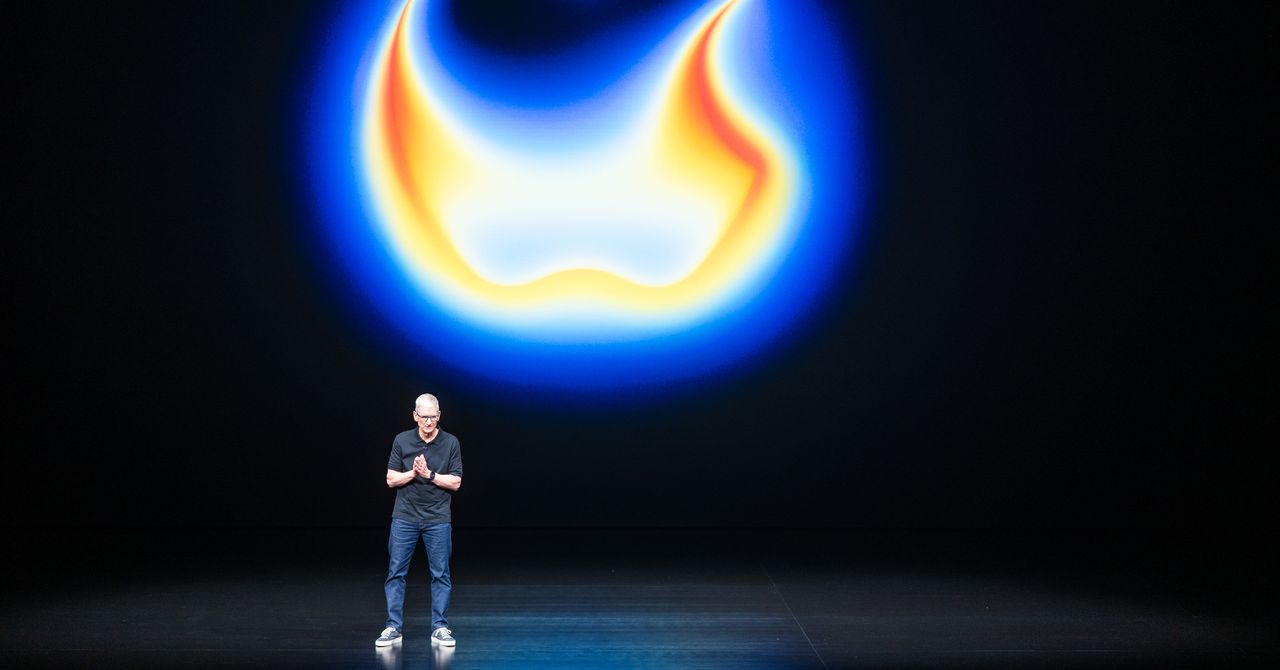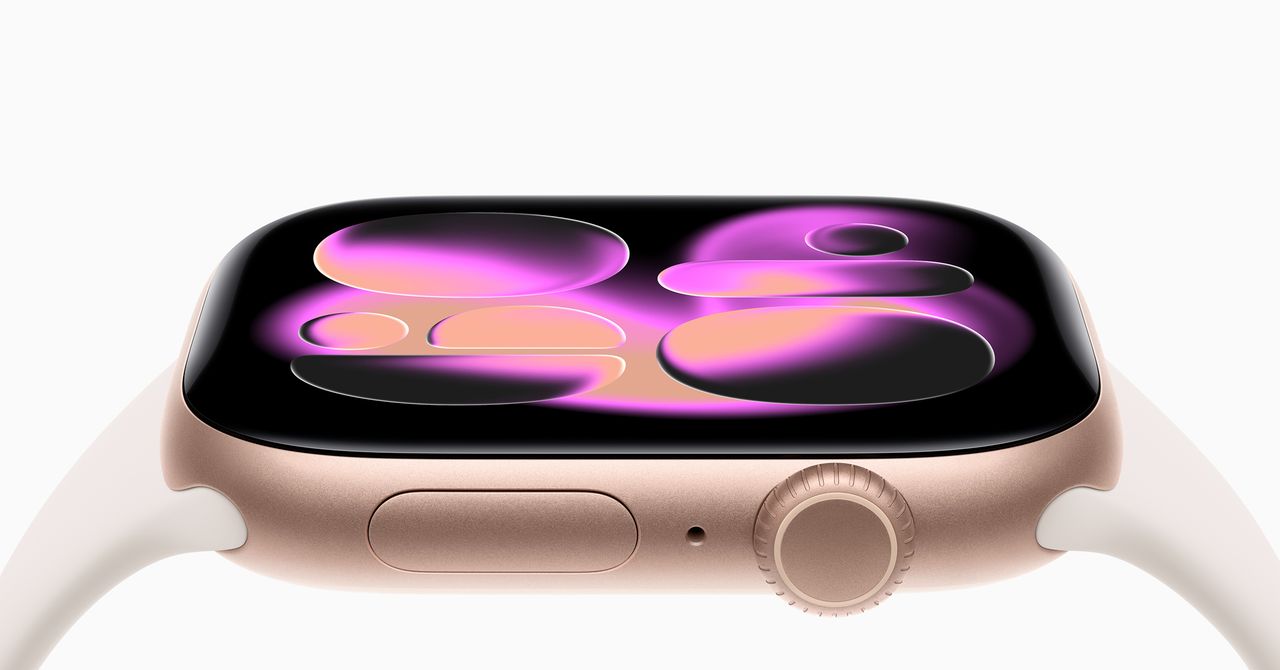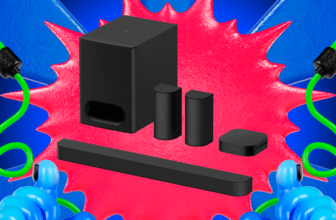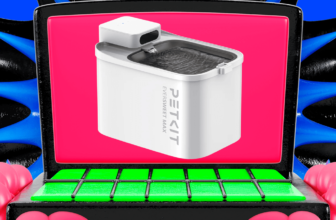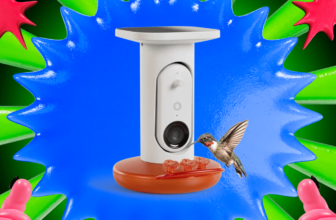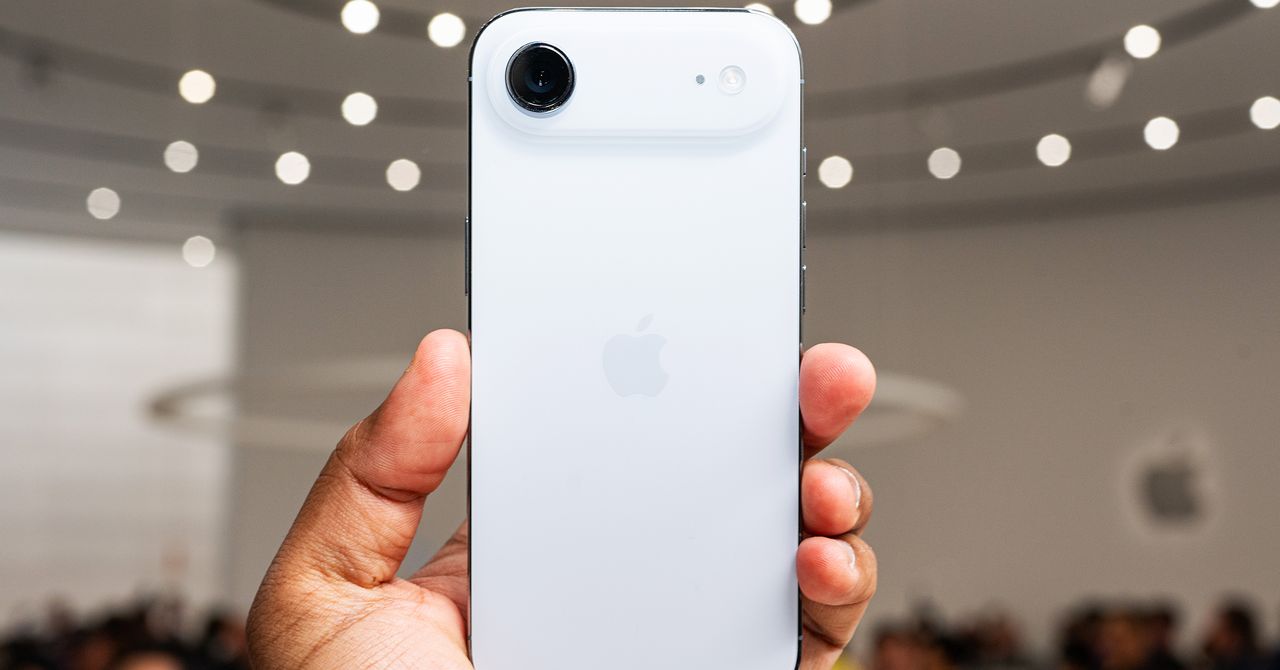
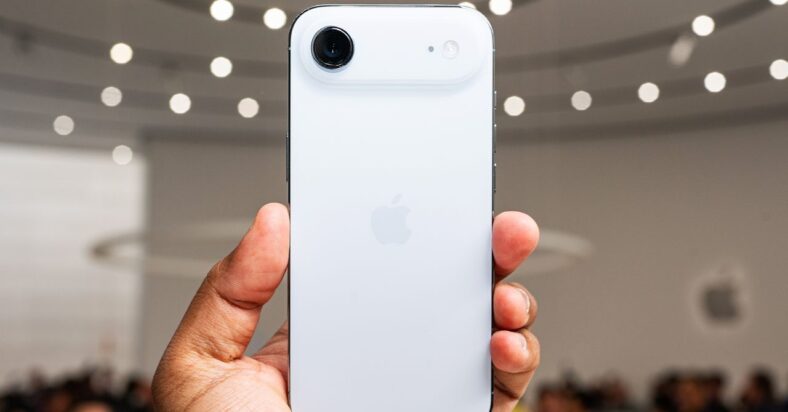
Apple has largely stuck with the same iPhone design since the iPhone 11 debuted in 2019, but change is afoot in Cupertino. While the iPhone 17 may resemble iPhones of the past few years, there’s an entirely new camera layout for the iPhone 17 Pro models. Also, there’s a brand-new iPhone! The iPhone Air replaces what was supposed to be the iPhone 17 Plus. It, too, features a new look, and it’s the thinnest iPhone Apple has ever made.
The changes on the standard iPhone 17—typically Apple’s most popular iPhone model—aren’t as drastic. The company announced the new handsets alongside new Apple Watches and AirPods Pro at its annual September event at the Steve Jobs Theater at Apple Park in Cupertino, California.
Preorders are available on Friday, with the iPhone 17 starting at $799, the iPhone Air costing $999, and the iPhone 17 Pro and Pro Max seeing an increase to $1,099 and $1,199. Here’s everything you need to know.
The iPhone Air
Apple’s iPhone Air is joining a slew of other phones that launched in 2025 that tout incredible thinness, like the Samsung Galaxy S25 Edge and the Honor Magic V5. It’s 5.6-mm thick—an incredible feat, as that’s even thinner than Samsung’s handset and a 2.65-mm drop from the iPhone 16 Pro.
That’s about seven credit cards stacked on top of each other. With it comes weight savings of 24 grams compared to the regular iPhone 16, and this combo can dramatically alter how the phone feels in your hand, especially considering it sports a large 6.5-inch screen. It’s also the only iPhone this year employing titanium to help with the durability of the frame. Speaking of which, Apple says this phone uses its new Ceramic Shield 2 material on the front for 3X better scratch resistance and 4X better drop protection. The back glass uses the original Ceramic Shield glass mixture.
There’s still a camera bump, except it’s now horizontal (ahem, like a certain Google phone), but as you’ll see, there are compromises: You only get one camera. It can simulate a 2X optical zoom like most iPhones today, but unlike Samsung’s thin phone, there’s no ultrawide camera, making it less versatile for shutterbugs.
This phone debuts Apple’s C1X modem, which allows for sub-6 5G but no millimeter wave 5G, and it also features the first-ever Apple N1 wireless networking chip. The N1 has Wi-Fi 7, Bluetooth 6, and Thread support, which can improve local smart home controls with supported devices.
It still maintains features from previous iPhones, like the Dynamic Island, which takes up less space on the front, the Action Button, and Camera Control. The selfie camera has been upgraded to 24 megapixels and supports Apple’s Center Stage technology, which keeps you in the frame. The selfie camera has a square sensor, so you can take selfies in landscape or portrait orientation without having to switch the phone into landscape orientation. Apple has also added the ability to shoot videos with both the front and rear cameras at the same time.
Apple says inside is a “high-density battery,” which likely alludes to silicon-carbon battery technology to achieve this level of thinness. The phone is powered by the new A19 Pro chip, features Apple’s ProMotion 120-Hz refresh rate for the display, and has magnetic Qi2 25W wireless charging. It’s available in black, white, light gold, and light blue.
You might think this super-thin iPhone will have limited battery life, but Apple is still claiming the same video playback numbers as the iPhone 16 Plus: 27 hours. This is likely why Apple is selling a new low-profile MagSafe power bank to help users keep their slim phone topped up. Let’s just see how often you need to use it.
The iPhone 17 Pro
The first thing you’ll notice about the iPhone 17 Pro and the iPhone 17 Pro Max is the redesigned camera array on the back, which Apple calls the Camera Plateau. Gone is the square-shaped camera module in favor of a long, horizontal camera bar. Maybe it means the iPhone finally won’t rock on a table. There’s also a slightly different color tone below, indicating the split between the new aluminum chassis and the glass.
You heard that right, Apple’s priciest models are reverting to aluminum instead of the titanium of yesteryear. Aluminum handles heat better and is cheaper and lighter, not to mention a better carbon footprint. (It’s 100 percent recycled aluminum.) Now the only titanium model in the company’s lineup is the iPhone Air. You’d think this would bring a price drop, but alas.
Apple is also debuting a vapor-chamber cooling system on these phones, helping them keep cool under load. This is something Android phones have used for years, so it’ll be interesting to see how it impacts performance across the board, whether you’re shooting 4K video or playing a graphically demanding game.

